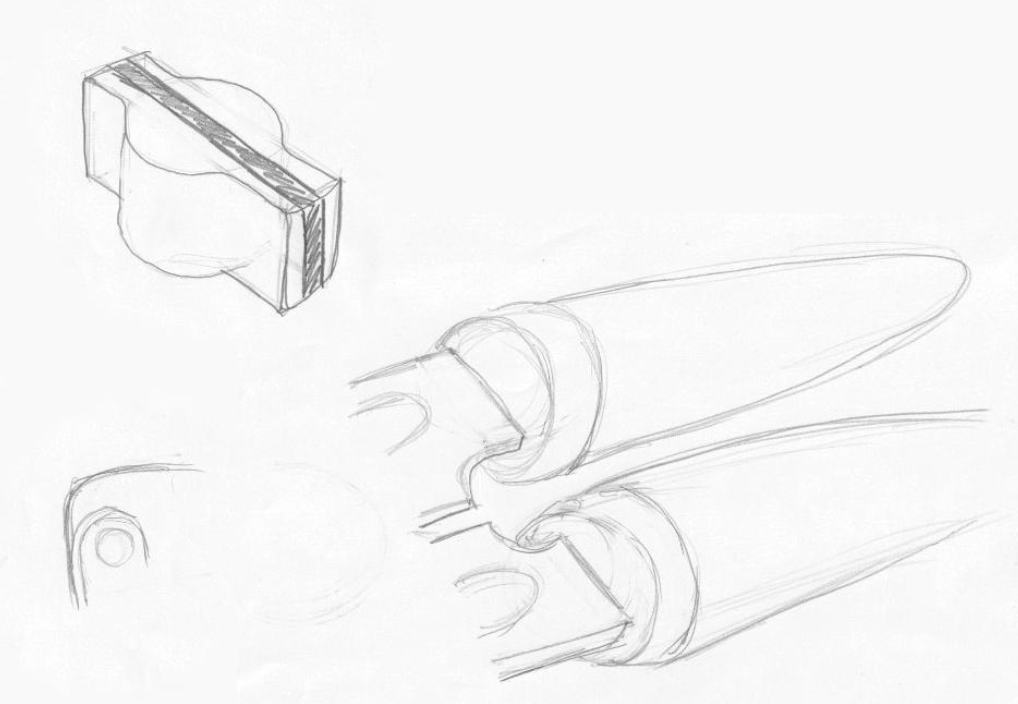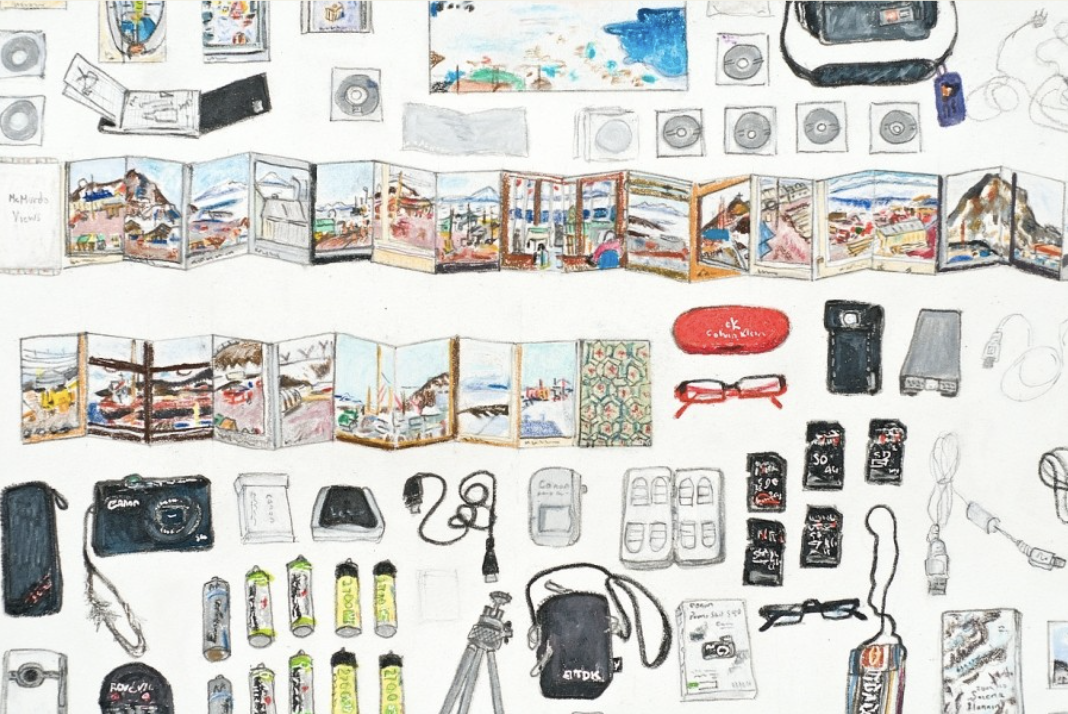Overview
Students will reflect on their art making using close-looking, speaking, writing, and/or sketchbook prompts.
Materials and Tools
- Pencil
- Sketchbook or three to four pieces of paper
- Household object to draw
Activities
Note: The following activities are written with sample language you may use with your students. Following the art-making lesson, you may choose as many reflection activities as desired for students to work on in class or independently.
Step 1: Introduction (5 minutes)
In the last lesson, we learned how to make a drawing of an object from observation using shapes, details, and proportion. We learned that proportion is the relationship of the size of one object in relation to another object.
- What was difficult about figuring out the proportions of the different parts?
- How did you figure out the proportions?
Step 2: Writing Activity (20 minutes)
Think about your drawing experiences and write responses to the following questions:
Describe the difference between drawing with sketchy lines and contour lines.
- Which drawing approach do you prefer and why? Which did you find more challenging and why?
- Was it difficult to include details in your drawing? Why or why not?
- Were there some elements you decided not to draw?
Write about that decision.
Step 3: Sketchbook Activity (20 minutes)
Now, let’s try “zooming in” to look closely at specific sections of your household object.
Choose one detail at a time and draw a larger version of what you see. Make sure to keep checking proportions and notice the shapes.
Draw two to three specific sections of your household object.

Step 4: Close Looking: Elise Engler (10 minutes)
Note to Teachers: Before teaching with a work of art, spend some time looking closely at it on your own. Familiarizing yourself with the artwork will prepare you to guide the close-looking activity.
If your students are new to looking at art together, you can introduce the activity to students in the following way:
Today we are going to spend some time looking at and discussing a work of art together. When we look at art, there are no right or wrong answers. I’m going to ask you to look closely, share your ideas about what you see, and listen respectfully to each other’s ideas. Everyone’s ideas are important. We all see things differently, and when we look at art, we can learn to see through each other’s eyes.

Look closely at this detail of a drawing by the artist Elise Engler.
- What kinds of objects do you notice in this drawing by Elise Engler?
- Which seem recognizable? Which seem unfamiliar?
- What do you notice about the proportions of the different objects?
Resources
Elise Engler’s website: https://www.eliseengler.com
